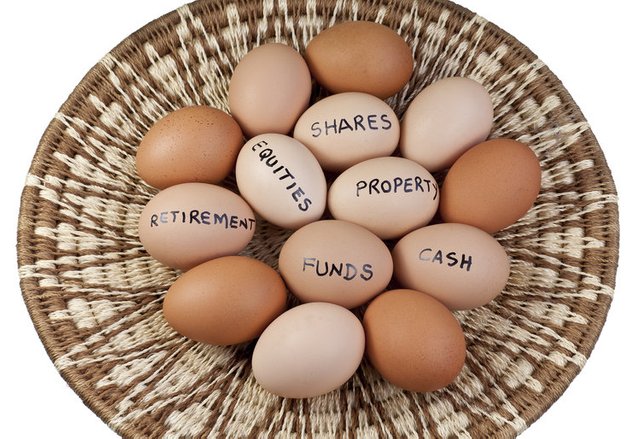More Thoughts on Indexing

We have previously discussed some criteria as to how to create a good crypto coin index (Not Scams NS:100). Let’s here discuss why we do not use traditional indexing techniques when investing in cryptocurrencies. I have nothing against the diversification strategy, and as a matter of course, if you are a novice stock investor in an established market, diversification is your friend. Diversification is a tool quite useful to make the market rate without having to put in the work, and as you may know, the “market rate” is pretty hard to beat with most hedge funds under performing the whole stock market index in any given year. This is true of most markets in a mature economy.
So what is the difference? The difference, and I have failed to find a less forward way to say this, is that in the NYSE, 60% of IPO’s do not fail within the first 4 months, and 90% of new company’s (ICO’s) do not go under within the first 18 months In the NYSE there are thousands of companies with working business models; crypto companies are a hack away from disappearing for good; without warning. We are all engaged in a game where, if we play the market odds, we will lose our shirts 90% of the time, you would be better off playing blackjack in Vegas. Indexing, at least whole market indexing, does not work in crypto.
But what about other types of indexes, such as by market cap? This particular approach is less immediately dire than whole market indexing our crypto investments, but although data on this issue is hard to come by, observation over the past 7 years suggest that even if you invest in the top ten coins by market cap in one year, a few years down the road most of these coins will no longer be in the top ten as new technologies and innovation overtake the leaderboards. Even if you strike gold with a few, lucky, long term picks, your losing positions will haunt you.
I will not argue that short term market cap indexing may yield results, but when looking for 1000x returns, we have to consider our investments in half decade increments. In 5 years, the market cap index will be unrecognizable from what is it today.
So what are we to do if we are not able to make long term 1000x returns by indexing? Well, we advocate what Warren Buffett has termed “Putting all your eggs in one (or a few) basket(s) and watching that (those) basket(s),” and watching them damn closely. We have dealt with method in some of our previous posts, so I will not go into it here, but as an investor you must develop a criteria for selecting and investing in crypto. You main filter must be your willingness and belief in your investment such that you will be comfortable holding it through multi-year periods that include bear and bull markets.
If you are able to assemble a small cadre of cryptos you are comfortable holding for multi-year (long term) periods, you must of necessity watch these investments closely. You must beware not to be swayed by day to day, or even year to year gyrations in the market, we do not care if the coin is up or down and what the press or the trollbox says about our investment, we are looking for signs of fundamental change. Fundamental change is variance in the economic and technical principles which led us to select a particular crypto as a good long term investment.
In my personal investment history, I moved away from Bitcoin Core when they refused to raise the block size limit as this presupposes a fundamental change in the economics of the coin. I signed up for peer to peer digital cash, not digital gold, so that was a foundational change for me and I have not held Bitcoin for a few years. The variants which trigger sell scenarios will vary with your own investment criteria and may have negative short term implications on your returns, but you must make your liquidation decisions based on consideration of the long term survival of a given cryptocurrency versus emerging competitors. If a competitor has better potential/economics, move your money. To steal a catchphrase from writing teachers: “sometimes you have to kill your darlings.”
Your considerations when watching your egg baskets must generally be technical and economic, in fact, most of the time these two criteria will be one and the same. My personal method filters most cryptocurrencies that are not meant to work as day to day money with notable exceptions to this criteria being Tezos, Ethereum, etc. I value innovation as well. But all these coins by their very nature are economic instruments, and if the development team starts to mess with the economic incentives, such as mining, coin emission, etc. I start to pay attention.
It is important to understand the principles that lead us to treat our investments in this way and to avoid the false comfort of diversification. Projects in the ecosystem are simply too immature and innovation in the space too overwhelming to select coins based on rote practice. We must be exclusive and exacting when selecting coins and vigilant once we have secured our positions. We must have a clear understanding of the foundations behind our investment decisions and be able to judge changed circumstances in a detached manner. To be a successful crypto investor, you must avoid the siren call of indexing, and be ever prepared to execute as circumstances change.
Free copy of Pablo’s well reviewed book, focused on the principles of crypto investing: https://pablo-lema.squarespace.com/s/Crypto-Success-V2.pdf